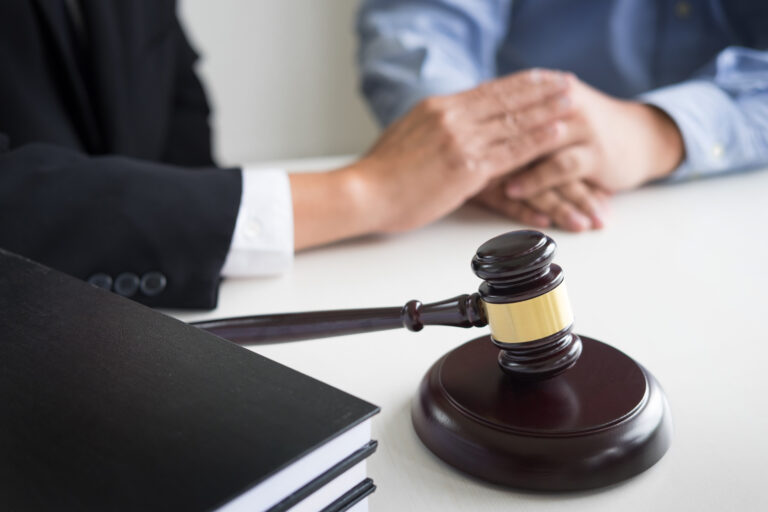Generally, in order for an injured party to prevail on their negligence causes of action under New York law they are required to prove the following elements: (1) defendant’s duty to plaintiff; (2) breach of duty, and; (3) injury to plaintiff. Alfaro v. Wal-Mart Stores, Inc., 210 F.3d 111, 114 (2d Cir. 2000); see also, Akins v. Glens Falls City School District , 53 N.Y.2d 325, 333, 441 N.Y.S.2d 644, 648 (1984). Simply put, an injured party must prove that the injuries and damages sustained were proximately caused by the defendant’s negligence.
Automobile Accidents
In New York, automobile accident cases are governed by Sections 5101 through 5108 of the New York State Insurance Law which sets forth a no-fault system designed to compensate victims and other injured parties. Basically, the no-fault insurance law provides first-benefits for basic economic losses (i.e., lost wages, medical expenses, etc.) up to $50,000, regardless of who caused or created the accident, hence the term “no-fault”.
Accordingly, you may wish to consult with the attorneys at Egan & Golden, LLP as soon as possible following your accident to ascertain what time periods are controlling and the best manner in which to seek recovery for any injuries or damages which may have been suffered.

Construction Accidents
Under New York Workers’ Compensation Law section 11, an employer cannot be sued for liability or injuries which arise out of and in the course of the employment by the employee or anyone on his or her behalf once an employer obtains workers’ compensation insurance for the payment of benefits to its employees.
It should be noted, however, that this does not preclude an injured worker from initiating an action against another responsible party. Indeed, under a common law negligence or statutory-based cause of action, an injured employee can bring a lawsuit against any responsible party (other than an employer with Workers’ Compensation coverage.
Quite often, the provisions of the New York Labor Law will apply. For instance, Labor Law section 200 sets forth the law with regard to safe place to work, while Labor Law section 240(1) sets forth the law with regard to ladders, scaffolding and other elevated mechanisms. Section 240(1) also covers construction, excavation and demolition operations. Section 241-a addresses failures to cover stairwells and elevator openings.
Accordingly, you may wish to consult with an attorney at Egan & Golden, LLP as soon as possible following your accident to ascertain whether you are eligible to seek recovery for any injuries or damages which may have been suffered at work.
Premises Liability
The prevailing case law in this jurisdiction with regard to the proof needed to establish a negligence claim in premises liability cases is as follows. Simply, a plaintiff must demonstrate that the defendant either created the condition which caused the plaintiff’s fall, or had actual or constructive notice of it. Uhlich v. Canada Dry Bottling Company of New York , 305 A.D.2d 107, 758 N.Y.S.2d 650 (1st Dept. 2003); Nicklas v. Tedlen Realty Corp. , 305 A.D.2d 385, 759 N.Y.S.2d 171 (2nd Dept. 2003); Graubart v. Laro Maintenance Corp. , 244 A.D.2d 457, 664 N.Y.S.2d 116 (2nd Dept. 1997); see also, Katsoris v. Waldbaum , 241 A.D.2d 511, 663 N.Y.S.2d 984; Kraemer v. K-Mart Corp. , 226 A.D.2d 590, 641 N.Y.S.2d 130; Paicquadio v. Recine Realty Corp. , 84 N.Y.2d 967, 622 N.Y.S.2d 493, 646 N.E.2d 795.
The successful prosecution of any claim for personal injury is largely dependent upon the particular facts of the case, the availability of witnesses and evidence to support the claim and the experience of trial counsel in bringing the case to trial. Nevertheless, any claim can be greatly enhanced by a basic understanding of the core concepts addressed herein, and further inquiry into the subject matter will further benefit the diligent.
Accordingly, you may wish to consult with an attorney at Egan & Golden, LLP as soon as possible following your accident to ascertain whether you are eligible to seek recovery for any injuries or damages which may have been suffered as a result of an accident.
